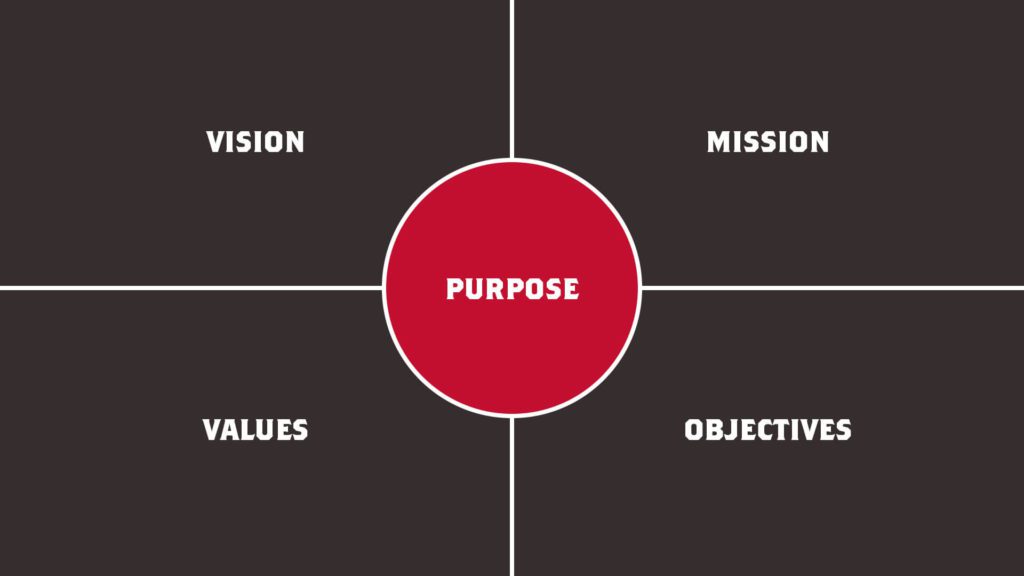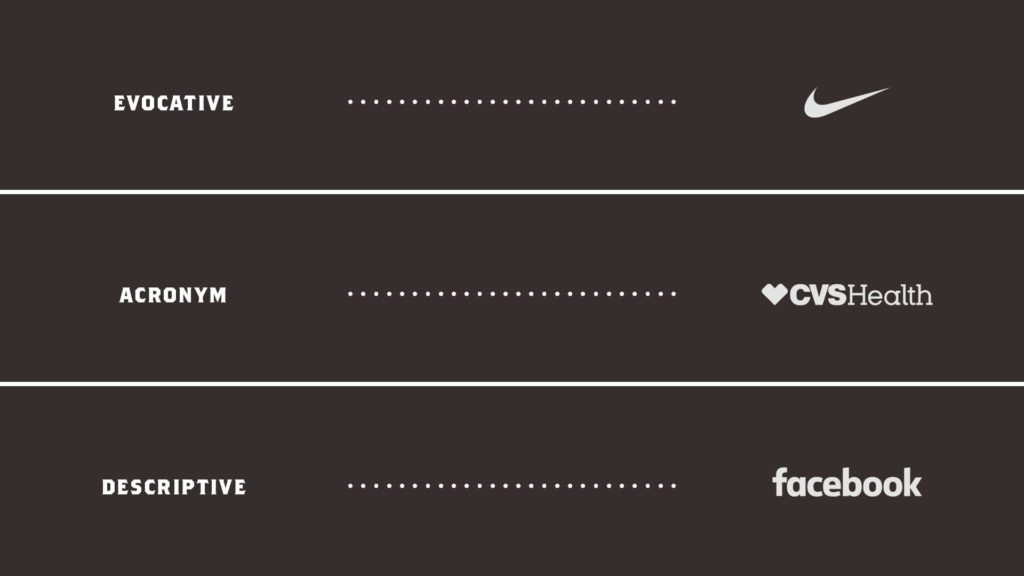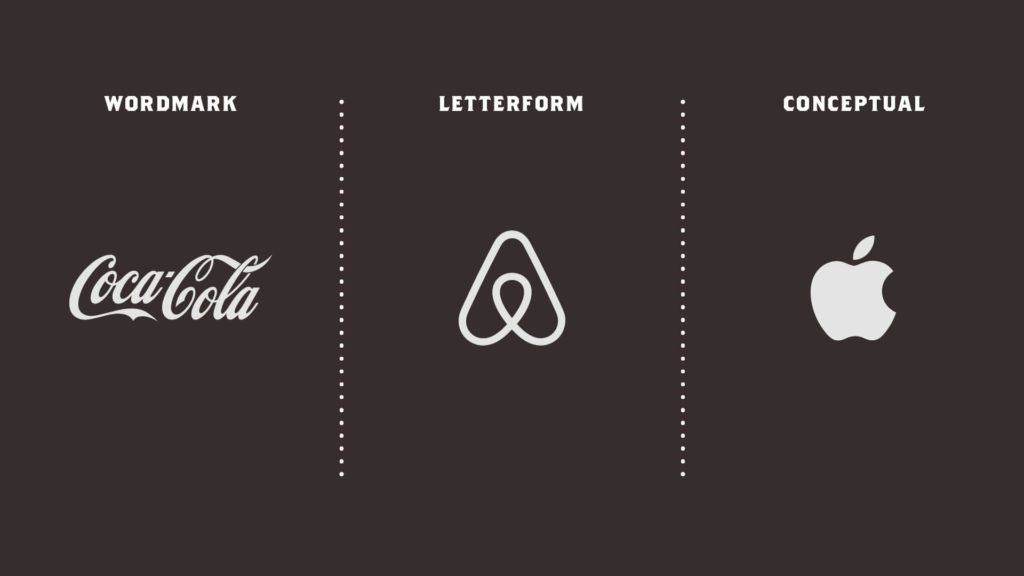
As a dedicated member of the Uptown Studios Marketing team, I am constantly preaching the importance of proper brand management to our clients. “You need a style guide,” is my go-to. Then, “You need a consistent brand voice!” And so on and so on. Marketing encapsulates so many different facets of the digital world; social media, websites, graphic design, copywriting, photography, video, paid media, etc. It can be hard, even as a full-service firm, to get a handle on all of these aspects so they work together seamlessly. But what about when it comes to integrating yourself into someone else’s existing brand? In a design firm setting, this is our bread and butter. But having done freelance work before, I know it can be quite the challenge—especially if the brand is a really strong, well-developed one. You don’t want to mess it up! But you also want to allow space for your unique style/voice to shine through. With lots of practice, I’ve figured out an easily adaptable strategy to help me integrate my work into any brand. Want to know how I do it? Let’s (sc)roll!
Understanding the Slices of Your Brand Pie
Whether you’re a copywriter like me, a social media manager, a graphic designer, or a Jackie-of-all-trades, I have found that we all need to get the same thorough, high-level understanding of a brand before we can begin working our magic. Especially in Sacramento, where we have countless niche small businesses, nonprofits, and other organizations, it’s critical to understand where your client fits into their world. When I create a brand or campaign’s voice, I usually begin by creating what I call a Brand Message Architecture. This is basically just a fun way of weaving together a brand’s mission, vision, values, marketing objectives, and positioning to define its central purpose.
Related: Full-Service Branding: Refresh Vs. Rebrand
To do that, I like to think of all of these elements like three big slices of understanding that result in a freshly baked, scrumptious Brand Pie. They are the slices that, when put together properly, turn into the kick-ass brands we all know and love. I create these slices with a narrative focus, meaning I look for ways to weave them all together into stories, but I think we can zoom out and find different slices that can be woven into any deliverable.
Creating Your Three Slices
First, let’s begin by identifying the three slices you should hunt for when trying to build your key understanding of a client’s brand. Regardless of your deliverable, you need a strong, detailed Purpose Slice. This would basically be anything that falls into the elements I listed above. But since I’ve got your attention, here are the details:

Anatomy of a Purpose Slice
You know you’ve got your slice when:
- You can tell me the brand’s mission and vision.
- This can be easy to find. Comb their website or just straight up ask: if the brand’s mission/vision was a person, what would be their elevator pitch?
- You know the marketing goal of the deliverable
- If you’re creating a website or designing an eblast, what is the ultimate goal? To educate? Create conversions? Awareness? You need to know this. Like, duh.
- You can identify their main objective within their industry.
- Are they trying to change the recycling world? What about altering the way we think about opioid use disorder? Find your objective, write it down. Then rewrite it again in one sentence. We need that ‘ish short and sweet.
Boom. There is your Purpose Slice.
Next, you need your Past Slice. To find this, you need to, well, go to the past. To integrate into an existing brand, you need to know what they do every day. How do they already talk about themselves? What kind of visuals does their brand already tend to lean towards? I recommend starting with their logo. Do a little hunting and look to see if they ever rebranded. Were they once one thing and now another?

Anatomy of a Past Slice
You know you’ve got your slice when:
- You can basically write me a 2-3 sentence brand style guide.
- I’m talking about colors, fonts, image styles, etc. It doesn’t matter if you’re not actually going to be making any visuals, you need to know how your deliverable will fit into the bigger picture.
- You can take your Purpose Slice and dial it back through time.
- No crazy time jumps. Just a basic, “they used to do this, now they do this.” Or, “They have always stood for this and always championed that.” A basic understanding of where the client’s brand was and where they are going is essential, especially if you’re creating written content that needs to reflect their industry expertise and knowledge.
- You can name at least two other people who did the same thing before them.
- Set a timer for ten minutes and enter your main objective from earlier into Google. Tack on a “Sacramento” at the end so you can find other local groups who are also doing the same thing as your client. You need to know that you’re not accidentally repeating something that’s been done in the past by someone else.
Got that? Cool.
Related: Why Branding Matters
Lastly, (and my personal fav) we have the Peculiar Slice. With this slice, you will be figuring out what makes your client’s brand unique. This can mean unique in any way: visually, in tone, approach, etc. The easiest way to begin finding this is by looking at their logo. Is their logo a concept logo, letterform, or wordmark? The logotype says something very important about the brand. The logotype will give you a baseline idea of just how peculiar the brand likes to be.

Anatomy of a Peculiar Slice
You know you’ve got your slice when:
- You have figured out just how peculiar your client’s brand likes to be.
- See the image above to find where your client’s brand sits on the scale. Obviously, this is not a fool-proof method, so take it with a grain of salt.
- You can identify (with confidence) where your client’s brand likes to be peculiar
- Is it visually? In tone? In philosophy? I recommend you take another ten-minute deep dive, but this time, by Googling your brand. Look at everything available and figure out where peculiarity finds its home. Then once you’ve done that, double-check if that home is in your ballpark. If not, then don’t go being too peculiar with your deliverable.
- You can write down how your brand is peculiar in one sentence.
- This can be the hardest thing to do, so don’t worry if you can’t ace it. I’ve found that if I can concisely write out exactly what someone is doing, that means I truly understand. So do your best to at least attempt to write it out. It can be as simple as “My brand always takes a peer-to-peer approach when their industry usually talks thought-leader-to-consumer.”
In Need Of Logo Design? We Have A Team Of Designers That Will Take Your Business To The Next Level:
Did you get all that? I know it’s a lot, but doing this work up-front will save you hours when you sit down to actually create.
Baking Your Brand Pie
With all your slices of understanding at hand, you should now be able to confidently (bake) create any deliverable that will easily integrate into an existing brand. Putting in this extra effort has become one of the most defining ways that Uptown Studios’ marketing team consistently builds relationships with our clients. To be able to create work for someone else, you kind of need to become part of them. Working as a freelancer in Sacramento is a tough gig. Trust in this process! This extra work will set you apart from your competition and keep your clients coming back to work with you, time and time again.
Did you like* something I said? Holla at me! I’d love to hear from you: lizzie@uptownstudios.net
*If you did not like something I said and still feel compelled to tell me, please do so gently or we simply cannot be friends.
Blog


